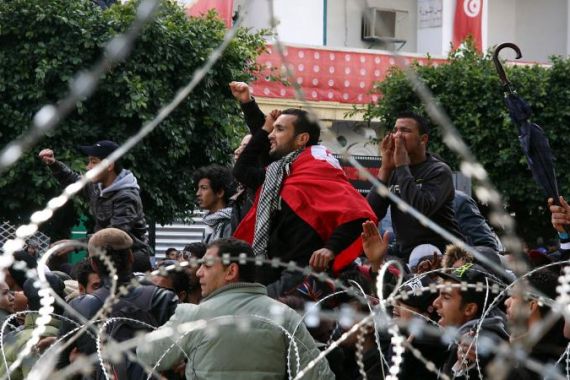Stench of death lingers in Bangladesh
No one knows how many people were buried when a building near Dhaka collapsed, killing hundreds of garment workers.

The unmistakable odour of rotting corpses hovers above the rubble of the collapsed factory complex near Dhaka. We’ve been going to the site every day for more than a week now, and we still cannot get used to the smell of death.
In 40-degree heat, rescuers continue to dig through the rubble to find bodies trapped inside. Some are equipped with torchlights and hammers, but many are using their bare hands to remove the endless debris. Local volunteers and army soldiers are the hardest ones at work. Self-important government officials sit in the comfort of an air-conditioned control room sipping tea. They assure us that they are overlooking the operation.
According to them, little more than 100 people are still missing. But volunteers believe there are many times that still trapped inside. The truth is, no one knows how many have been buried under the collapsed building. At the time of the accident, at least 3,000 garment workers were in the building, producing clothes for Primark, Mango, Benetton and Joe Fresh. The official death toll has passed 500.
On the day of the collapse, many expressed concern but were told to keep working despite the visible cracks that were appearing on the pillars that once held the building together. As usual, factory owners were in a rush to meet deadlines. Not delivering the summer orders on time would have meant money lost since brands impose financial penalties when good are delivered late. This is what is required when consumers abroad want the latest fashions fast and at bargain prices.
Sonia Akthar was sewing a stripy long-sleeved T-shirt when the cement came tumbling down from the ceiling. To get her out of the rubble alive, rescuers were forced to tear her apart from her own left leg, leaving it behind in the immovable debris. The hospital is full of these tales of horror, stories of courage and survival. Like 30-year-old Didar Hossain, a garment worker that saved 20 of his fellow workers, or a 26-year-old woman who gave birth while wedged underneath piles of concrete.
One of the men who made it out alive was the owner of the building: Sohel Rana. He is the local leader of the ruling party’s youth wing. Known in his neighbourhood as the leader of a gang that moves around on motorcycles, most people feared him. Last week he was arrested at the India-Bangladesh border as he tried to flee the country.
All five owners of the garment factories operating in the collapsed building have now been arrested, except one. Spanish national David Mayor happened to be abroad during the tragedy, and is now unlikely to ever return. In a phone conversation with Al Jazeera, he said, “What happened in Bangladesh is their problem.”
Hundreds of people are still waiting for news about their missing loved ones. Bodies that are decomposed are being buried before they can be identified at the city’s state cemetery. There they join the hundreds of unnamed garment workers who have died in garment factory accidents.
One woman, among the many that have come to give their prayers and lay flowers on the unmarked graves says, “garment factories are prisons, they are like hell. I will never work in one again”.
As the unclaimed bodies are dumped into the ground, the stench of dead garment workers still hangs in the air and clings to my clothes.